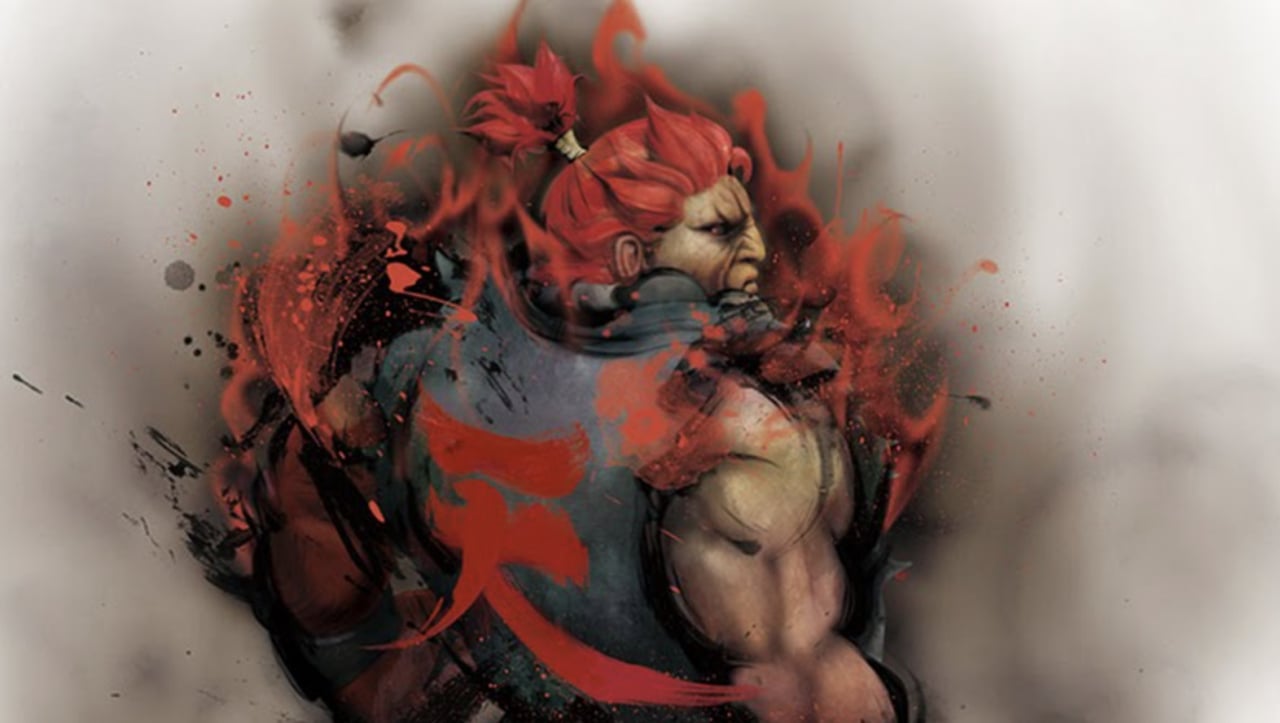As much as 20ms of difference, in fact.
Valve has just released the next iteration of its Steam Deck hardware in the form of an OLED-packing model, and you might assume that the screen is the only reason to upgrade here. However, according to Digital Foundry (thanks, Destructoid), the OLED model has other benefits, too – the most notable being reduced input lag.
“In receiving an impressive upgrade to its display, Steam Deck OLED attacks input lag seemingly on two fronts,” says Digital Foundry’s Richard Leadbetter in his review of the system. The OLED is “typically” about 10 milliseconds faster than the LCD display seen in the original, but the fact that it has a 90Hz refresh rate means that, during tests, the newer version exhibited as much as a 22.0ms advantage over the original Steam Deck.
Read the full article on timeextension.com
As much as 20ms of difference, in fact.
Valve has just released the next iteration of its Steam Deck hardware in the form of an OLED-packing model, and you might assume that the screen is the only reason to upgrade here. However, according to Digital Foundry (thanks, Destructoid), the OLED model has other benefits, too – the most notable being reduced input lag.
“In receiving an impressive upgrade to its display, Steam Deck OLED attacks input lag seemingly on two fronts,” says Digital Foundry’s Richard Leadbetter in his review of the system. The OLED is “typically” about 10 milliseconds faster than the LCD display seen in the original, but the fact that it has a 90Hz refresh rate means that, during tests, the newer version exhibited as much as a 22.0ms advantage over the original Steam Deck.
Read the full article on timeextension.com










